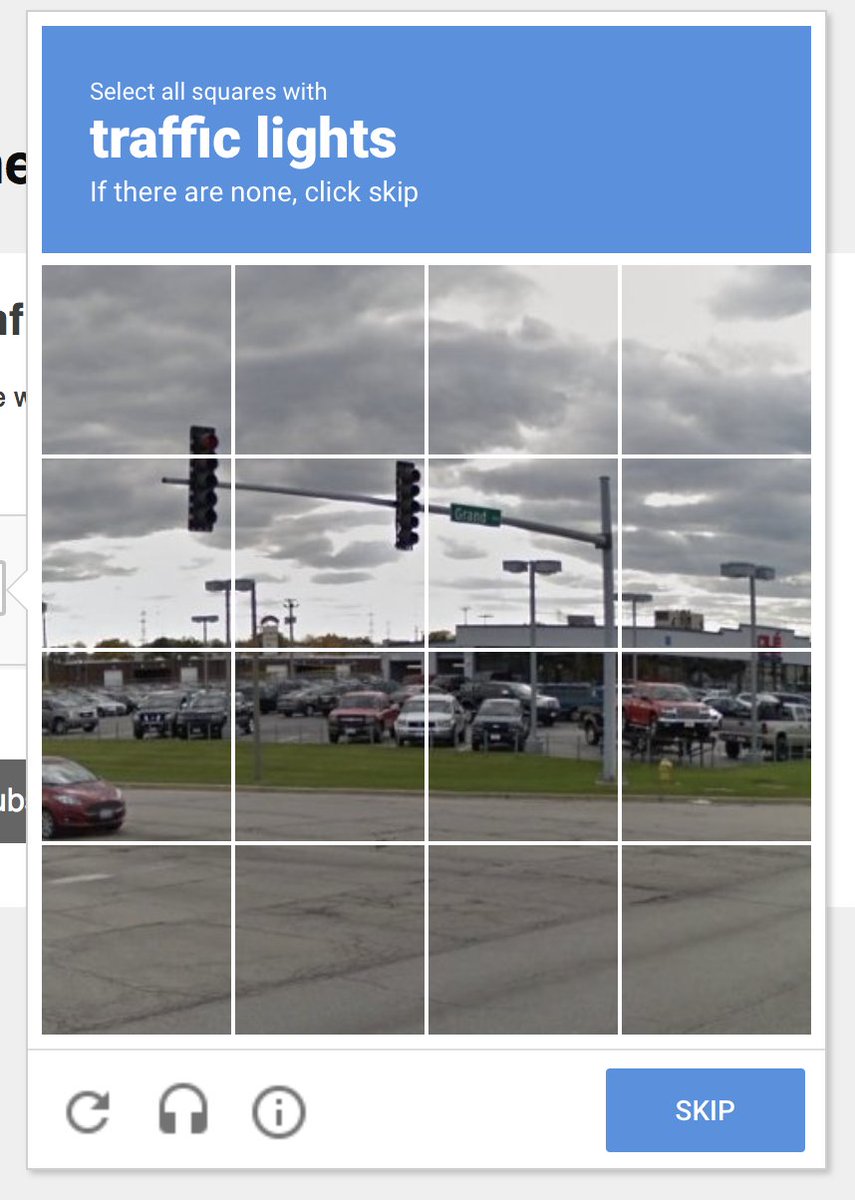Since we constantly battle against bad government — it being necessary to pare government down to its essential kernel, where it protects rather than tramples our rights — we sometimes lose sight of the fact that good government is both possible and necessary.
Now, many folks will raise an eyebrow, here. “‘Good government’ isn’t just about protecting our rights,” they might say. “It’s about providing key services. Like roads. Traffic lights. That sort of thing.”
Sure, we need roads. And safety measures. Nevertheless, good government is not about overkill.
Take automated intersection policing. That is, the infamous “red-light cameras.”
The New York Post reports that one camera — one intersection robot (better term, eh?) — snapped 1551 infractions on July 7. That was $77,550 for one camera for one day. No wonder that one city councilman likes it. And says it makes roadways safer.
But over at Reason, Zenon Evans marshals some skepticism. “A British study on speed cameras last year determined that ‘the number of collisions appears to have risen enough to make the cameras worthy of investigation in case they have contributed to the increases.’” These dangerous effects don’t appear to be limited to the other side of the pond, either: “[M]any reports,” Evans concludes, “have indicated that red light cameras in the U.S. increase accidents.”
More policing isn’t necessarily better policing. The old rule about traffic safety is that the rules should be set to what most people would drive without the rules.
Let’s remember: rewarding ineffective, counter-productive policing with lots of money is a bad way to govern the governors.
This is Common Sense. I’m Paul Jacob.


